| Author |
Message |
    
kevin_stone
New member
Username: kevin_stone
Post Number: 3
Registered: 07-2008
| | Posted on Saturday, November 29, 2008 - 05:25 pm: | 




|
I'am working on a three cyclinder Frisbie and need some advice on how to remove this plug. Also was thinking about stitching for repairing the cracks. Thanks Kevin
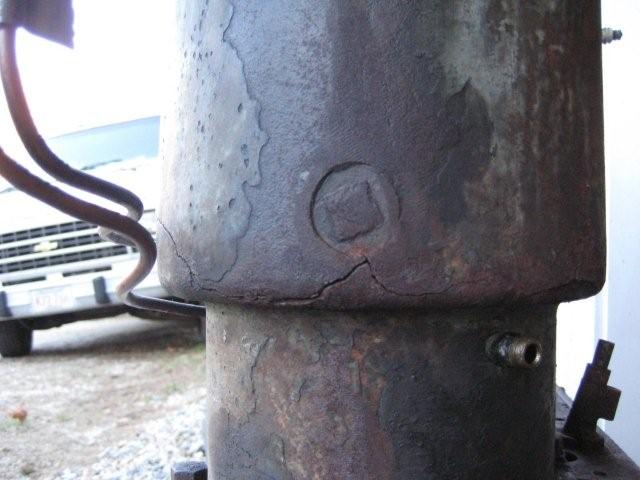 |
    
jb_castagnos
Senior Member
Username: jb_castagnos
Post Number: 422
Registered: 07-2002

| | Posted on Saturday, November 29, 2008 - 05:46 pm: | 




|
If possible have the cylinder heated to 900F, the Coates do this in their furnace and it turns the rust to powder. To remove plugs like this I use a square EZ out, they are tapered and can be cut to get a drive in fit. On a short depth like this it may be necessary to use a press or a clamp to hold it in place. I'm guessing this metal is going to be too thin for a stitch repair. |
    
kevin_stone
Member
Username: kevin_stone
Post Number: 4
Registered: 07-2008
| | Posted on Saturday, November 29, 2008 - 06:02 pm: | 




|
The casting is to large for me to get to 900f. I'm guessing around 400lbs. I have drilled a couple holes and the wall thickness is around 3/16". |
    
john_archibald
Senior Member
Username: john_archibald
Post Number: 89
Registered: 08-2006

| | Posted on Saturday, November 29, 2008 - 08:55 pm: | 




|
Kevin,
I would drill a few holes in the center to form a small square, Then file this "opening" into a 1/2-inch by 1/2-inch square opening. Stick in a 1/2-inch drive breaker bar or T-handle wrench and reef on it after heating it locally with a hot torch. You can also heat it and then squirt water on it and do this heat / squirt routine several times to loosen it up.
Good luck.
Archibald
. |
    
kevin_stone
Member
Username: kevin_stone
Post Number: 5
Registered: 07-2008
| | Posted on Sunday, November 30, 2008 - 06:15 am: | 




|
Are these plugs threaded in some how after removing sand? There are two on each end. |
    
john_archibald
Senior Member
Username: john_archibald
Post Number: 90
Registered: 08-2006

| | Posted on Sunday, November 30, 2008 - 09:45 am: | 




|
Kevin,
I believe you are right. I have a few like this on my Atlantic and Acadia engines. I have never touched them because they have no function, except possibly as a clean out port for the water jacket. Usually they get rusted tight and are never removed for cleaning in practice.
Archibald
Northfield, Minnseota
. |
    
richardday
Senior Member
Username: richardday
Post Number: 691
Registered: 11-2003

| | Posted on Sunday, November 30, 2008 - 04:21 pm: | 




|
Most are core plugs. When the sand mold is prepared the sand core for the water jacket is supported by extrusions to the outer wall of the water jacket. The are used for sand removal from the hollow water jacket. Some people call them freeze plugs which I guess goes back to Model T Ford days when they were typicaly plugged by dome shaped steel washer like units. How well I remember going out one Feb. morning back in 1940 and when my T wouldn't start opening the hood and there were the core plugs busted out and the water jacket frozen solid. Seems there was a bit of rust caught in the drain petcock in the bottom of the radiator and I had not removed the drain cock only opened it. Needles to say I learned the hard way but still have the T. That is why I suspect people called them freeze plugs. By the way Dorman sells modern bronze and steel replacements for the dome and cup shaped units. Any auto parts house worth its salt will have a Dorman catalog. |
    
scott_n
Senior Member
Username: scott_n
Post Number: 64
Registered: 02-2008
| | Posted on Monday, December 01, 2008 - 02:51 pm: | 




|
The way I do it is to brsze a nut to the plug be cairfull not to get braze into the threds let cool then heat the jackit arond the plug and drive a candle in to the seem it will smoke and burn but keep pushing the wax in. Let cool last worm the jackit arond the plug and remove the plug useing a inpacked gun on the nut most are right hand thred |
    
kevin_stone
Member
Username: kevin_stone
Post Number: 6
Registered: 07-2008
| | Posted on Tuesday, December 02, 2008 - 07:21 pm: | 




|
Some other photos of Frisbie
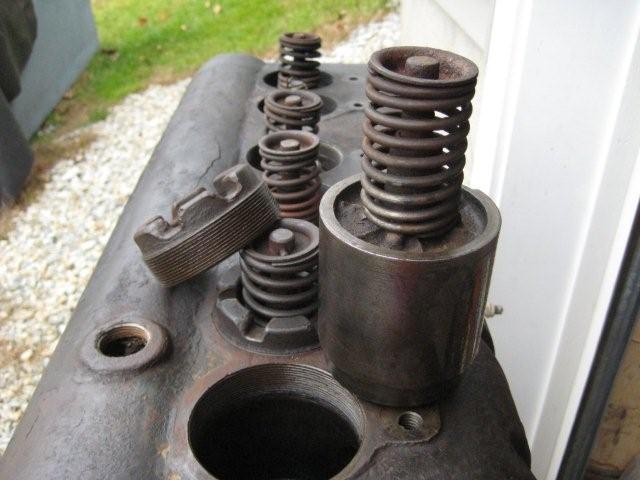
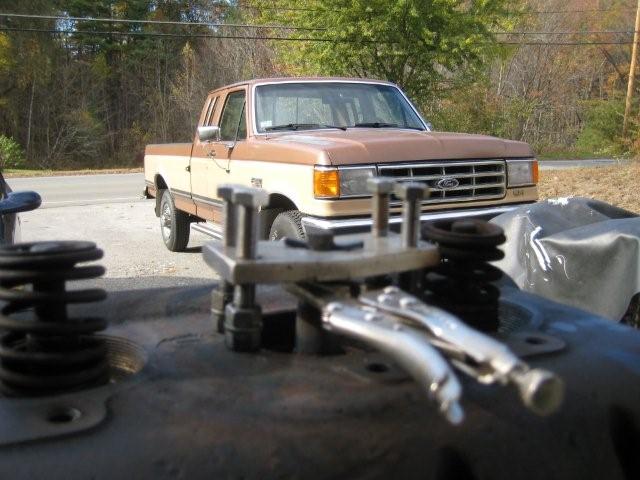
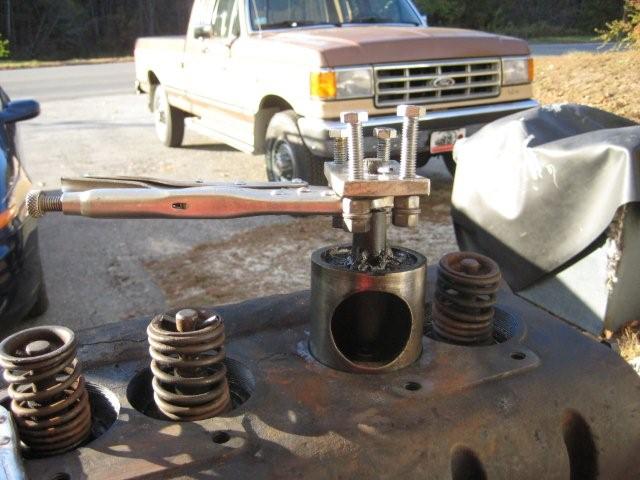 |
    
kevin_stone
Member
Username: kevin_stone
Post Number: 7
Registered: 07-2008
| | Posted on Tuesday, December 02, 2008 - 07:33 pm: | 




|
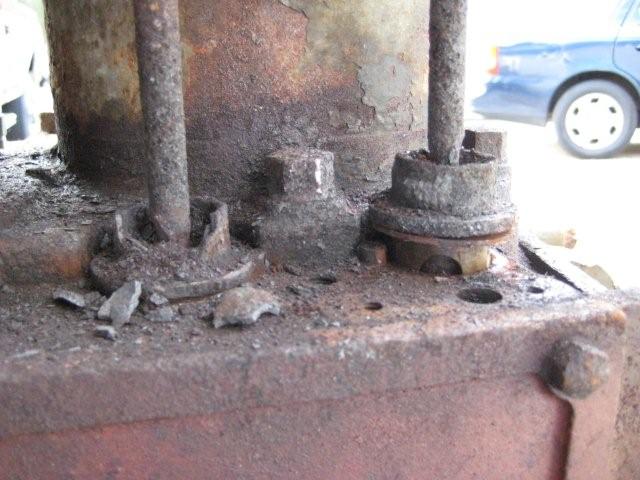
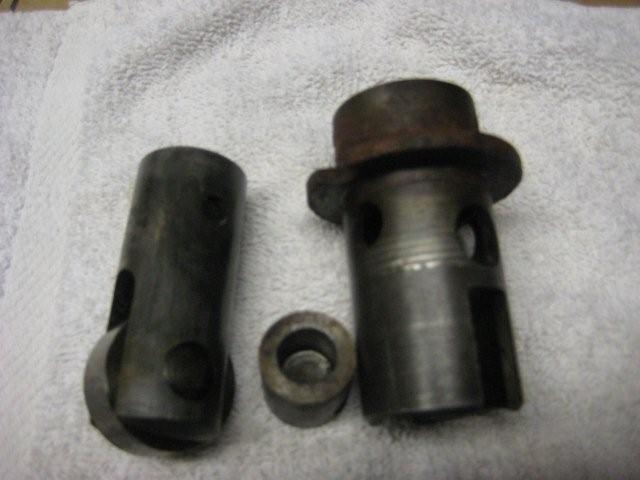
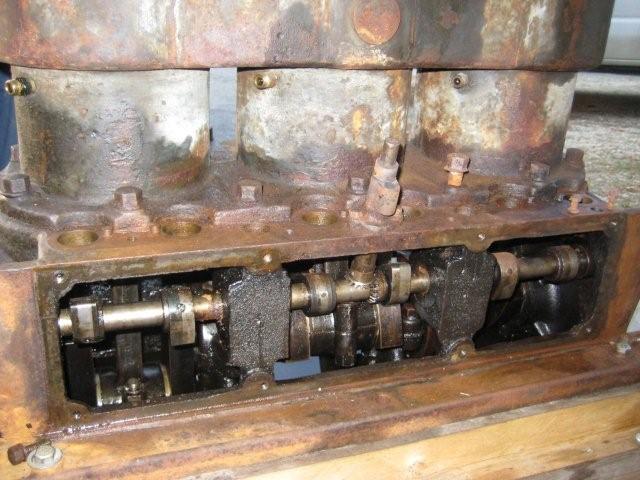
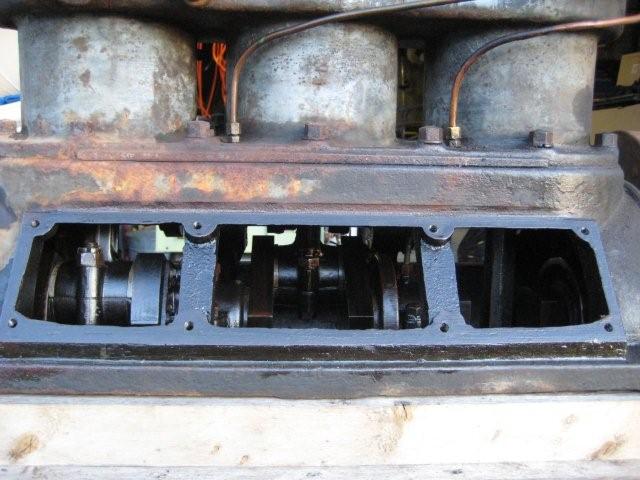 |
    
scott_n
Senior Member
Username: scott_n
Post Number: 65
Registered: 02-2008
| | Posted on Wednesday, December 03, 2008 - 04:36 pm: | 




|
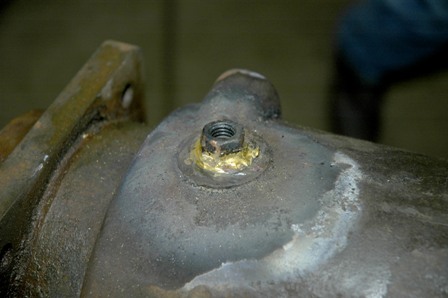
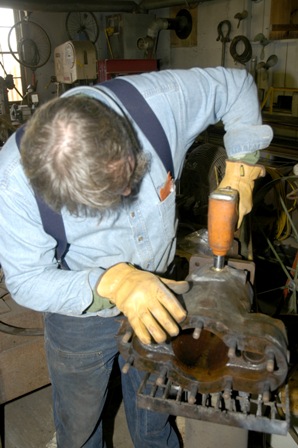
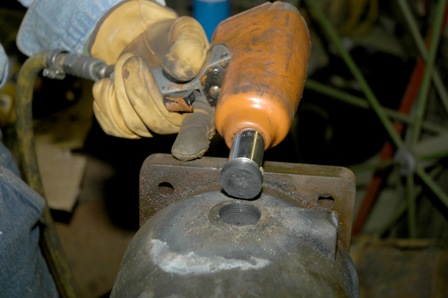 note how packed this jackit is note how packed this jackit is |
    
gregoryan
Member
Username: gregoryan
Post Number: 27
Registered: 09-2004
| | Posted on Friday, December 05, 2008 - 01:18 am: | 




|
Is there a name for those T- shaped sidevalve
configurations? [ where the inlet valve is on the opposite side of the cylinder to the exhaust valve ]??,,Looks bit like the head of a hammerhead shark |
    
scott_n
Senior Member
Username: scott_n
Post Number: 66
Registered: 02-2008
| | Posted on Friday, December 05, 2008 - 12:16 pm: | 




|
you guest it their referred to as T heads and the wax trick works well with studs and pipe thread. |
    
robert
Senior Member
Username: robert
Post Number: 231
Registered: 07-2003
| | Posted on Monday, December 08, 2008 - 01:31 am: | 




|
I wonder how many people can say they have owned a car for 68+ years!? Now I'm wondering what the record is...!
Nice engine, and I'd agree that Mr. Coates seems to have the only way to really deal with that rust. |
    
kevin_stone
Member
Username: kevin_stone
Post Number: 10
Registered: 07-2008
| | Posted on Monday, February 16, 2009 - 08:06 pm: | 




|
Scott,Did you use the Coates method of heating after finding it packed with rust after removing plug? |
    
scott_n
Senior Member
Username: scott_n
Post Number: 83
Registered: 02-2008
| | Posted on Tuesday, February 17, 2009 - 04:56 pm: | 




|
Kevin no I have a different method whitch I will be publising soon |
    
kevin_stone
Member
Username: kevin_stone
Post Number: 11
Registered: 07-2008
| | Posted on Tuesday, February 17, 2009 - 08:56 pm: | 




|
Have all plugs removed and have a rust problem.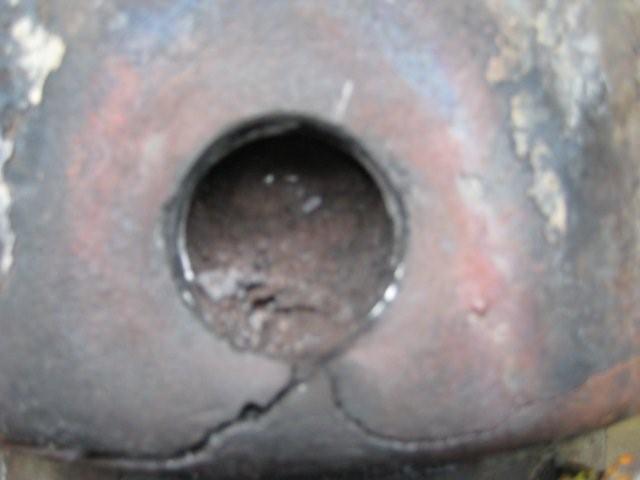 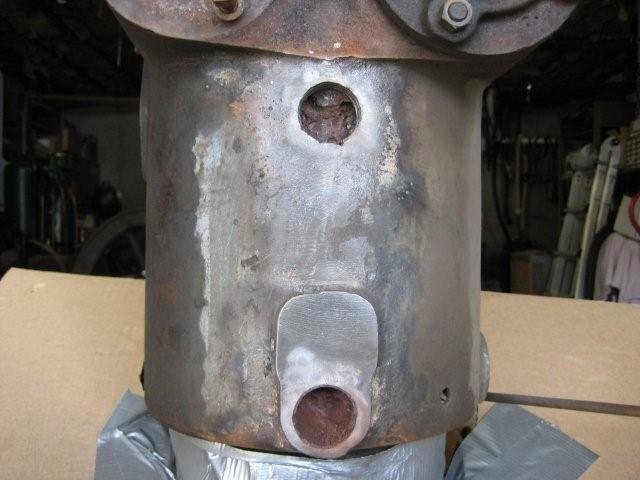 |
    
kevin_stone
Member
Username: kevin_stone
Post Number: 12
Registered: 07-2008
| | Posted on Tuesday, February 17, 2009 - 09:00 pm: | 




|
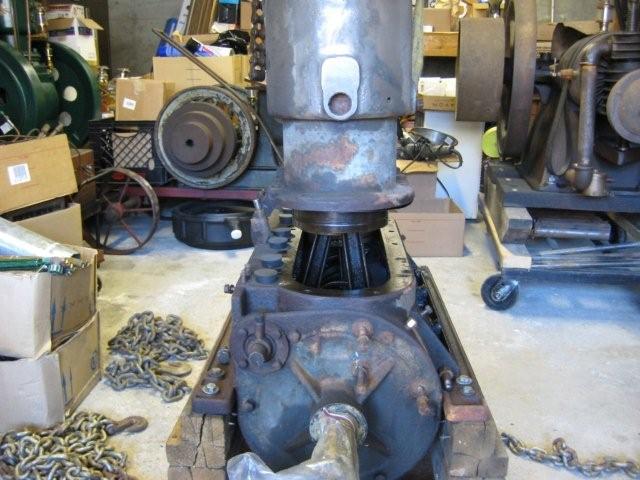 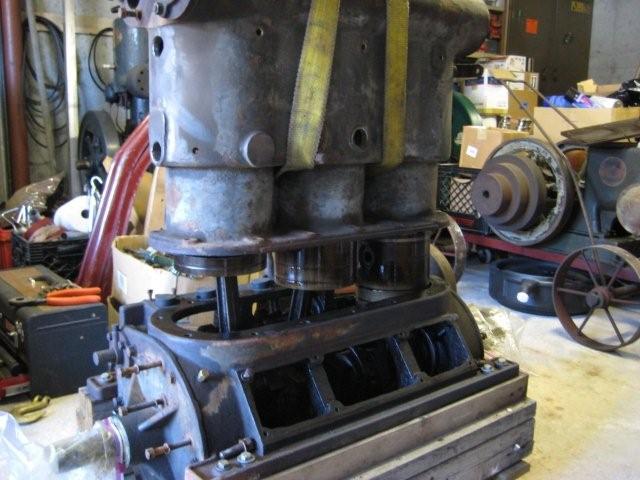 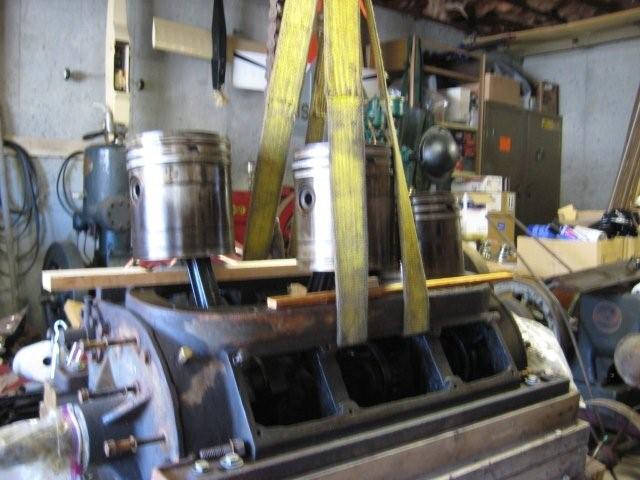 |
    
robert
Senior Member
Username: robert
Post Number: 256
Registered: 07-2003
| | Posted on Tuesday, February 17, 2009 - 09:14 pm: | 




|
Nice work! Tell us what you used... |
    
kevin_stone
Member
Username: kevin_stone
Post Number: 13
Registered: 07-2008
| | Posted on Wednesday, February 18, 2009 - 08:59 pm: | 




|
Robert, I ended up drilling out with a hole saw and then breaking out with a chisel.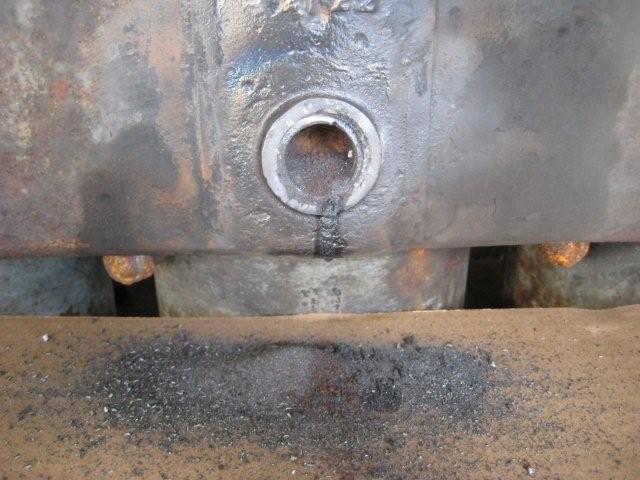 |


